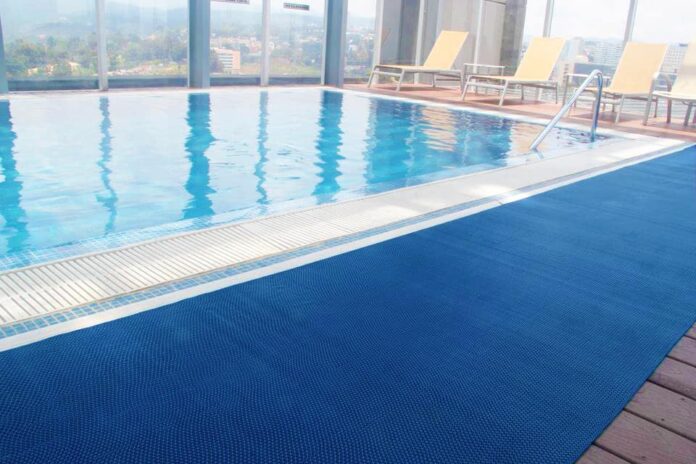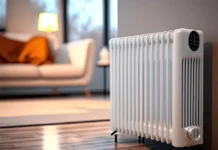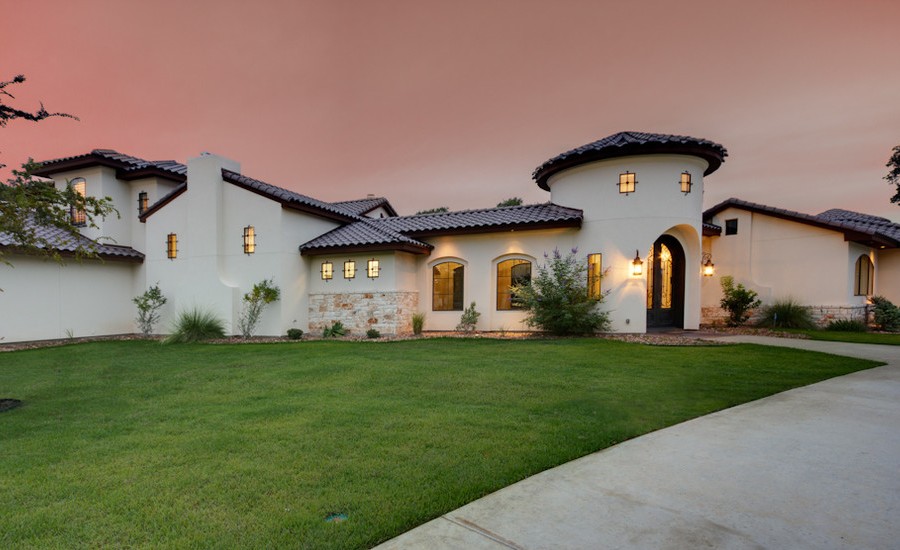Choosing the matting for your swimming pool can often be an afterthought, but it should really be a high priority. Swimming pool areas can be accidents waiting to happen – a huge proportion of common accidents are caused by slips and falls, and a wet surface next to a pool can be treacherous. There are a lot of different options for poolside matting, and here’s our guide to things to look out for.
Material
The materials used in the matting should, of course, be high-grip. This is the case for both the walked-on upper surface and the underside – the matting needs to stay in one place when it’s being walked on otherwise you are just expanding the slip risk area.
Something that is often overlooked is antimicrobial finishes. The matting is in a damp, probably warm area and is exposed to bare skin – so it’s a perfect breeding ground for bacteria and microbes and these can easily transfer onto you and your family. Top quality swimming pool/ wet area mats will have an antimicrobial layer to minimise the risks.
Construction
Swimming pool mats need to be able to drain away water, otherwise they become either saturated or covered in a puddle, neither of which meets the safety standard that you need. The most common type of swimming pool matting will consist broadly of ribs or slats with small spaces between them, all mounted on a slightly raised base layer. This allows for the free flow of water through the matting and away into drains or back into the pool. Other designs include perforated rubber or PVC matting, with wavy, circular or diamond patterns.
Type
Tile matting is a good, versatile option. This kind of mat consists of interlocking tiles that can be arranged as you see fit – so if you want a seamless transition around corners, this is the best type for you. You can also use tiles to create different matting areas, and replace individual tiles when required (if they become damaged or discoloured, for example).
Swimming pool matting on rolls is more akin to a rug or corridor mat. It’s available in a range of sizes off the shelf, or you should be able to find custom fits if you want a more bespoke finish. This kind of matting can easily be rolled up if you need to clean or maintain the pool area, and then rolled back out when the work is done.
Placement
You’ll want to place your swimming pool mats over the high traffic areas – so if your pool has steps or a ladder, you’ll want them around that area and in walkways to and from any changing area or lounge seating. Essentially, anywhere you think there is a particular risk of slipping, you’ll want a mat. If children are going to be using the pool, think about placing matting around the areas where they’ll be getting in and out.
Maintenance
Your matting should be easy to keep clean and maintained. Because the majority of this kind of matting is made out of vinyl, PVC or rubber, it will only need a spray, rinse or wipe every now and again to keep it clean and safe for use.
Colour
Pool matting can be found in a range of colours to suit your décor or ambience, just be sure not to sacrifice any of the health and safety features in pursuit of a nice-looking pool room. If your pool is outdoors or is exposed to sunlight, make sure that the matting you get is UV light resistant, otherwise you’ll see rapid fading and the mat will need replacing more often to keep your pool area looking smart.



















